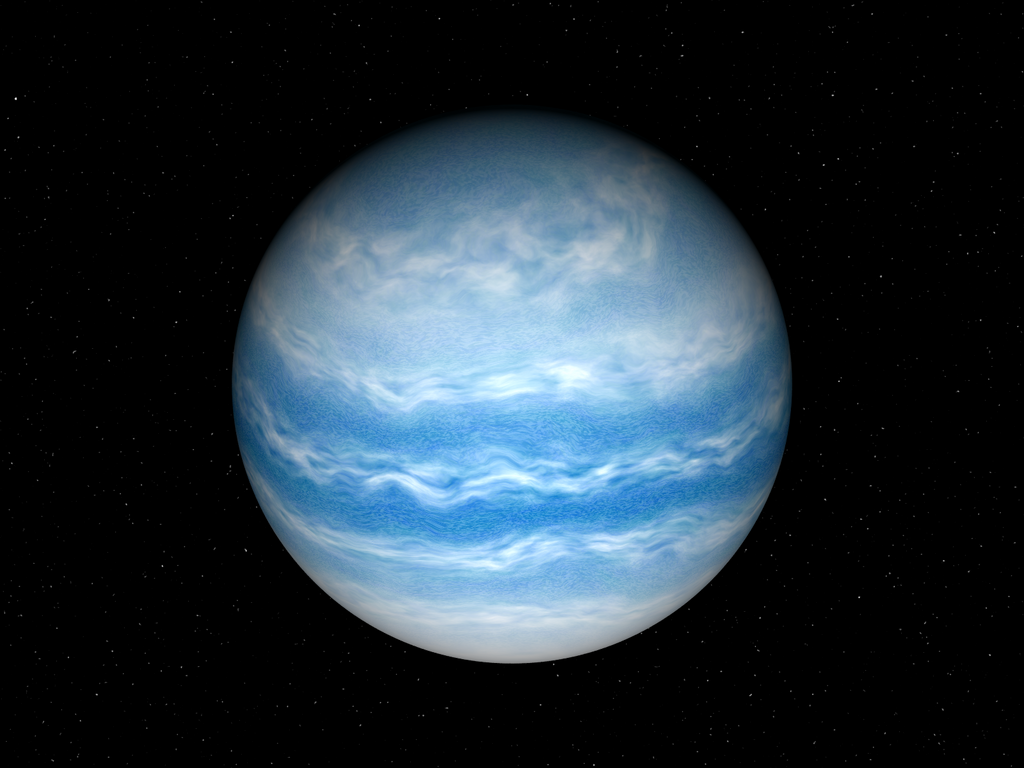The cosmos is teeming with mysteries, and among the most enthralling are the Hycean planets,a newly identified class of exoplanets that could redefine our search for life beyond the solar system. These intriguing worlds, characterized by their vast, hydrogen-rich atmospheres and deep oceans, offer a groundbreaking avenue for detecting extraterrestrial life
With the discovery of the first exoplanet nearly three decades ago, the cosmos revealed a plethora of worlds, many of which straddle the sizes between Earth and Neptune. These worlds, often termed “super-Earths” or “mini-Neptunes,” typically feature hydrogen-rich atmospheres over rocky or icy compositions. Originally, it was believed that life-supporting conditions under these atmospheres were improbable due to the extremity of pressure and temperature.
Recent breakthroughs spearheaded by Dr. Nikku Madhusudhan’s team at the University of Cambridge, however, are challenging these long-held views. Their pioneering research on the super-Earth K2-18b has demonstrated that under specific conditions, these planets could indeed harbor life. This has spurred a wider investigation into the variety of exoplanets that might replicate these life-supporting conditions, exploring both their environmental properties and the potential to reveal biosignatures.
Hycean planets, a groundbreaking class of exoplanets, challenge traditional paradigms in the search for alien life. Up to 2.6 times the size of Earth, these planets boast thick hydrogen atmospheres and vast, deep oceans, capable of maintaining liquid water even at extreme depths due to their high atmospheric pressure.

This unique combination mirrors the life-sustaining conditions found in Earth’s most extreme aquatic environments, making them prime candidates for harboring life. Particularly intriguing are the tidally locked ‘dark’ Hycean worlds, perpetually shrouded in twilight, and the ‘cold’ Hycean worlds, which receive minimal stellar radiation, expanding the potential habitability beyond the narrow confines observed in more familiar rocky or gaseous planets.
The James Webb Space Telescope (JWST) marks a significant advancement in our ability to study these intriguing worlds. With its unparalleled sensitivity, the JWST has already begun to identify biosignatures such as methane and carbon dioxide in the atmospheres of Hycean candidates like K2-18b, bolstering the hypothesis that these planets could support life.
As the field of exoplanetary research continues to evolve, the study of Hycean planets stands at the forefront of potential discoveries that could provide the first definitive evidence of life beyond Earth. The quest to understand Hycean planets continues to expand our horizons, illustrating the dynamic and complex nature of the universe. With each discovery, we gain deeper insights into not only where life might exist but also the diverse conditions under which life can sustain itself.



















